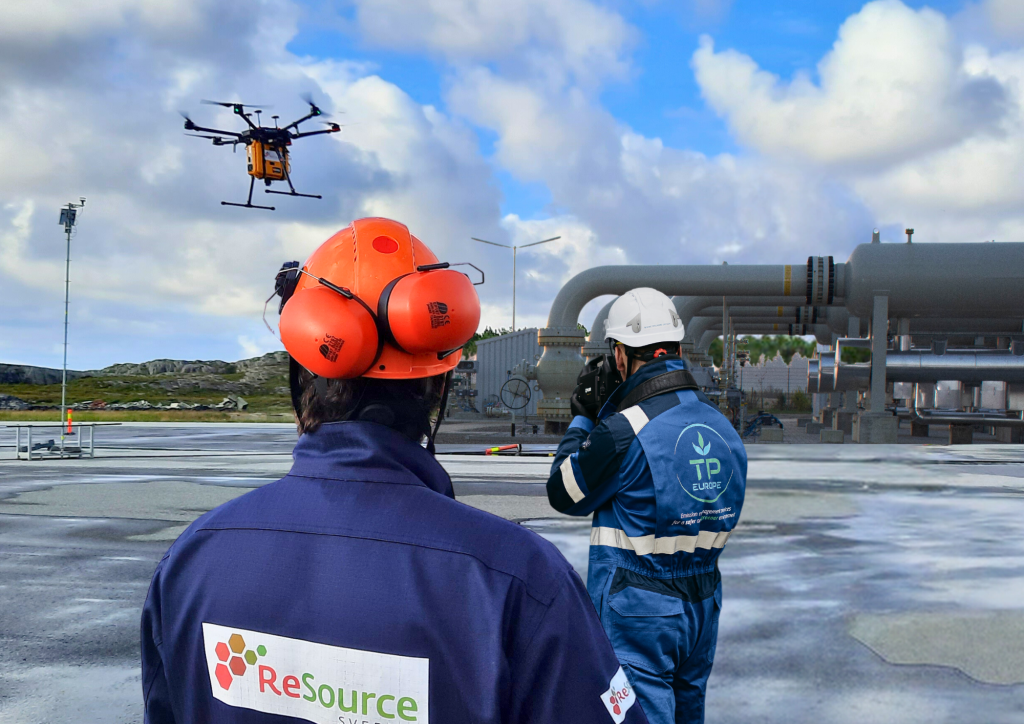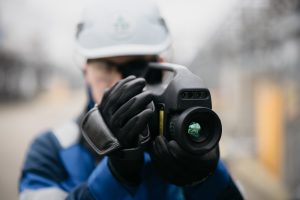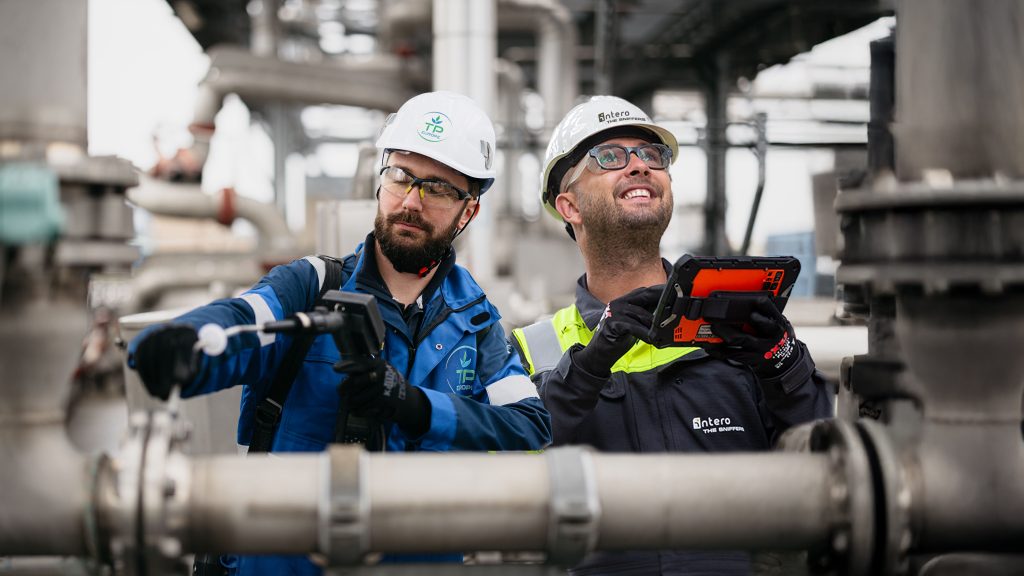In today’s world, understanding and controlling methane emissions is more than just a technical challenge; it’s a necessary step towards a healthier planet. It’s a journey that requires precision, innovation, and collaboration. This is the path that GASTRAQ and TP Europe have chosen to walk together. In a recent conversation, we sat down with Joey Steenbakker, the CCO of TP Europe, alongside Alessandro Sarno, CEO of ReSource Solutions a GASTRAQ partner, and Nicolas Marino Proietti, the CEO & Head of Development for GASTRAQ, to dive deeper into their partnership. Their collective efforts are not just about using advanced technologies but about making a real difference in the fight against climate change.
The Essence of Our Work: Level 4 and Level 5 Measurements
At the heart of our efforts are Level 4 and Level 5 measurements. Joey Steenbakker of TP Europe breaks it down: “A level 4 measurement is source-based, focusing on specific emission sources, like an emitting flange. Level 5 measurements, however, map emissions from an entire site or plant, providing a comprehensive view of the situation.”
This blend of detailed and broad perspectives helps us tackle the tricky business of measuring methane emissions. It’s not always easy to pinpoint where these emissions are coming from, but by combining our tools and expertise, we’re making significant strides. It’s a bit like solving a puzzle, with each measurement helping us see the complete image more clearly.
Nicolas Marino Proietti, reflecting on the synergy between these approaches, remarked, “The combination of Level 4 and Level 5 measurements is not just a technical requirement; it’s about gaining a deeper understanding of our environmental impact. This holistic view is crucial for driving effective change.”
“The combination of Level 4 and Level 5 measurements is not just a technical requirement; it’s about gaining a deeper understanding of our environmental impact. This holistic view is crucial for driving effective change.” ~ Nicolas Marino Proietti
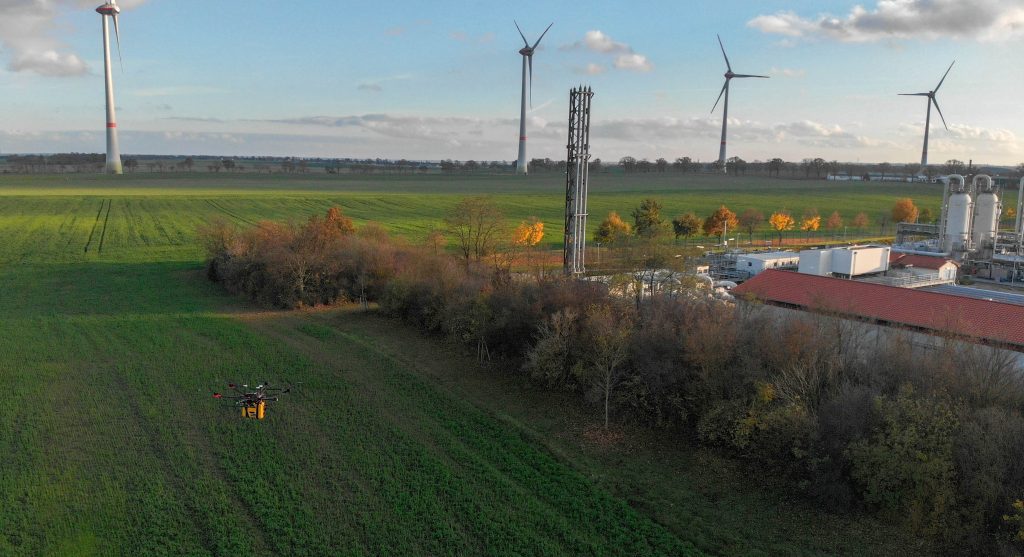
Grounded in Technology, Guided by Responsibility
Our partnership thrives on innovation, like using drones to gather data from the sky. But we’re also very much aware that technology alone isn’t the answer. It’s about how we use it responsibly, ensuring we’re not just ticking boxes but making a tangible impact. We’re cautious about claims and certifications, keenly aware that the real measure of our work is in the genuine benefits we deliver, not just the accolades we receive.
Alessandro Sarno adds, “Innovation in methane detection and quantification is at the core of what we do. Yet, it’s our commitment to transparency and environmental integrity that truly defines our work. We’re not just chasing the next technological breakthrough; we’re dedicated to making a real, measurable difference in the world.”
Joey Steenbakker emphasizes the practical synergy of measurements: “By combining level 4 and level 5 measurements, we eliminate imperfections and get the best possible picture of a site or installation. This comprehensive approach is an essential step not just for compliance or data reconciliation but for setting a sustainable strategy for the future.”
“By combining level 4 and level 5 measurements, we eliminate imperfections and get the best possible picture of a site or installation. This comprehensive approach is essential not just for compliance or data reconciliation but for setting a sustainable strategy for the future.” ~ Joey Steenbakker
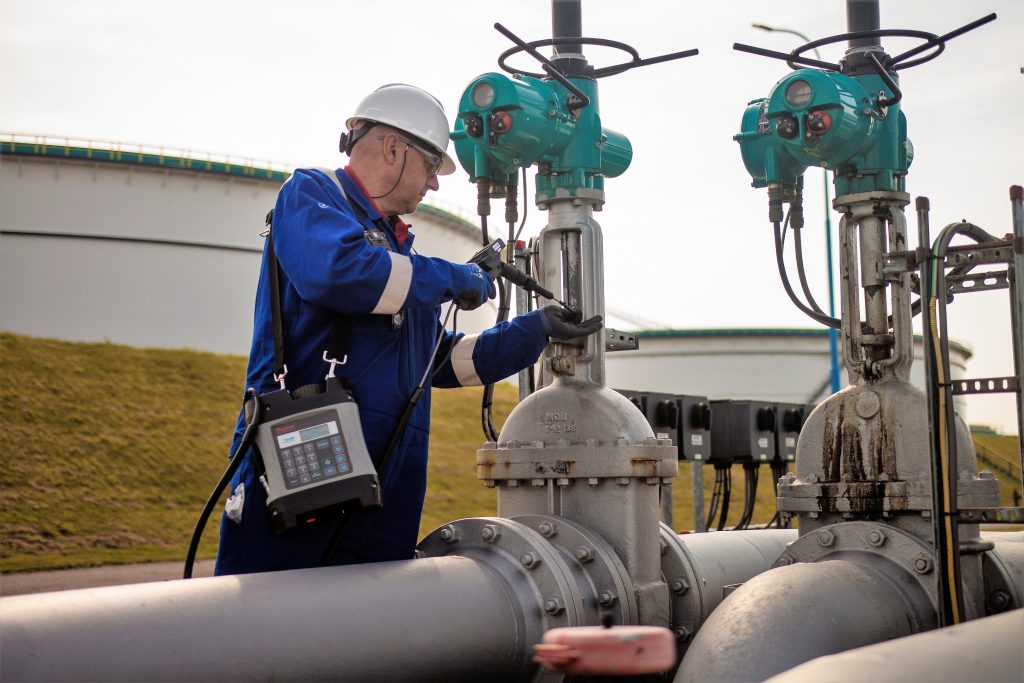
A Shared Commitment to a Sustainable Planet
What we’ve built together, GASTRAQ and TP Europe, is more than a partnership; it’s a shared commitment to making a difference. We understand the challenges ahead, but we’re also optimistic. By combining our strengths, we’re not just aiming to meet existing standards but to set new benchmarks for environmental stewardship.
To our peers, stakeholders, and the wider community, our message is simple: tackling methane emissions is a complex challenge, but it’s one we can meet with the right approach and collaboration. We’re here to demonstrate that by working together, we can achieve a balance between industrial progress and environmental responsibility, paving the way for a greener, more sustainable future.
